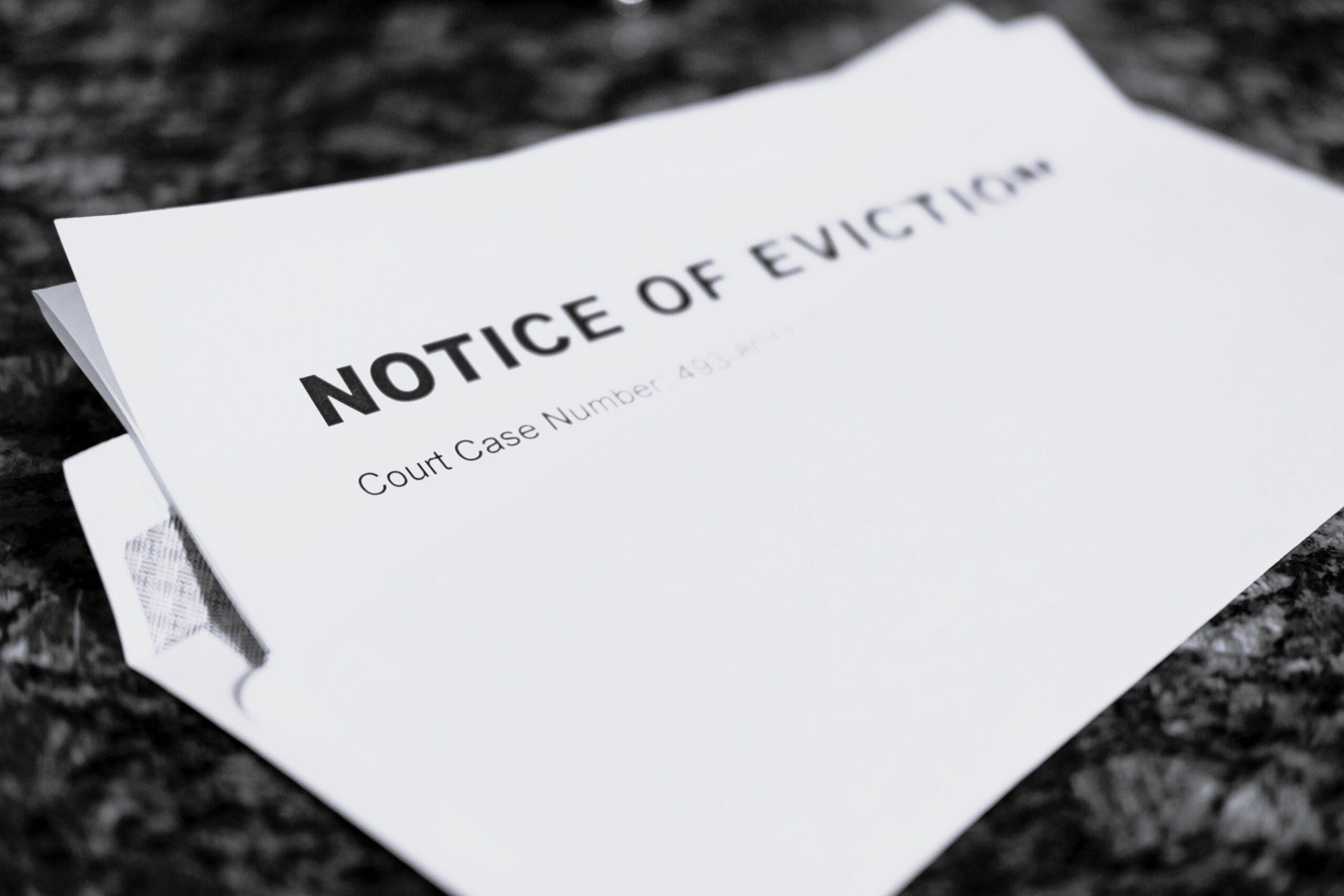New York’s Building Loan Contract: The Section 22 Affidavit

LISTEN HERE FOR THE AUDIO VERSION OF THIS ARTICLE
PART IV OF A SERIES:
Commercial Real Estate Finance in New YorkIN THIS SERIES, ROBERT RIVA NAVIGATES THE NUANCED AND OFTEN CONFUSING WORLD OF COMMERCIAL REAL ESTATE FINANCES IN NEW YORK, WITH PRACTICAL GUIDANCE ON CHALLENGES AND CONSIDERATIONS.
In addition to the mutual exchange of promises – the borrower’s promise to build in exchange for the lender’s promise to advance loan proceeds discussed in part 3 of this series – there’s another crucial aspect to a building loan contract that must be complied with: the so-called “Section 22 Affidavit.”
WHAT IS A SECTION 22 AFFIDAVIT?
- New York law defines the Section 22 Affidavit as “a true statement under oath, verified by the borrower, showing the consideration paid … for the loan …, and showing all other expenses … to be incurred in connection therewith, and” – and this is the most important part – “the net sum available to the borrower for the improvement.”
- As part of providing that notice of the “net sum available,” a Section 22 Affidavit must be filed as part of the building loan contract. Common practice typically has the Affidavit attached as an exbibit to the building loan contract. This makes it easier to find for construction contractors – for whose benefit New York law requires it.
- As one New York court famously summed it up, the purpose of a Section 22 Affidavit is “to give contractors … notice of how much money a building loan makes available for construction.” [Altshuler Shaham Provident Funds, Ltd. v. GML Tower LLC (2013)]
However, calculating the “net sum available” to contractors isn’t as straightforward as it may at first glance appear. The reason for this is that, with few exceptions, a building loan in New York is only a subset of a larger construction loan. So even for construction lenders who properly file a building loan contract, New York protects construction advances only to the extent that those advances are intended for construction expenses deemed to be a “cost of improvement.”
In other words, in New York the “cost of construction” is not the same thing as the “cost of improvement” and, in contrast to what the court’s statement quoted above seems to say, a properly drafted Section 22 Affidavit doesn’t set forth the net sum available for construction generally, but instead only the net sum available for the cost of improvement.
Unfortunately, what constitutes a “cost of improvement” – notwithstanding that the term is specifically defined under New York law – is anything but obvious. Next, we turn to this often murky area of law.
As the law continues to evolve on these matters, please note that this article is current as of date and time of publication and may not reflect subsequent developments. The content and interpretation of the issues addressed herein is subject to change. Cole Schotz P.C. disclaims any and all liability with respect to actions taken or not taken based on any or all of the contents of this publication to the fullest extent permitted by law. This is for general informational purposes and does not constitute legal advice or create an attorney-client relationship. Do not act or refrain from acting upon the information contained in this publication without obtaining legal, financial and tax advice. For further information, please do not hesitate to reach out to your firm contact or to any of the attorneys listed in this publication.
Join Our Mailing List
Stay up to date with the latest insights, events, and more






